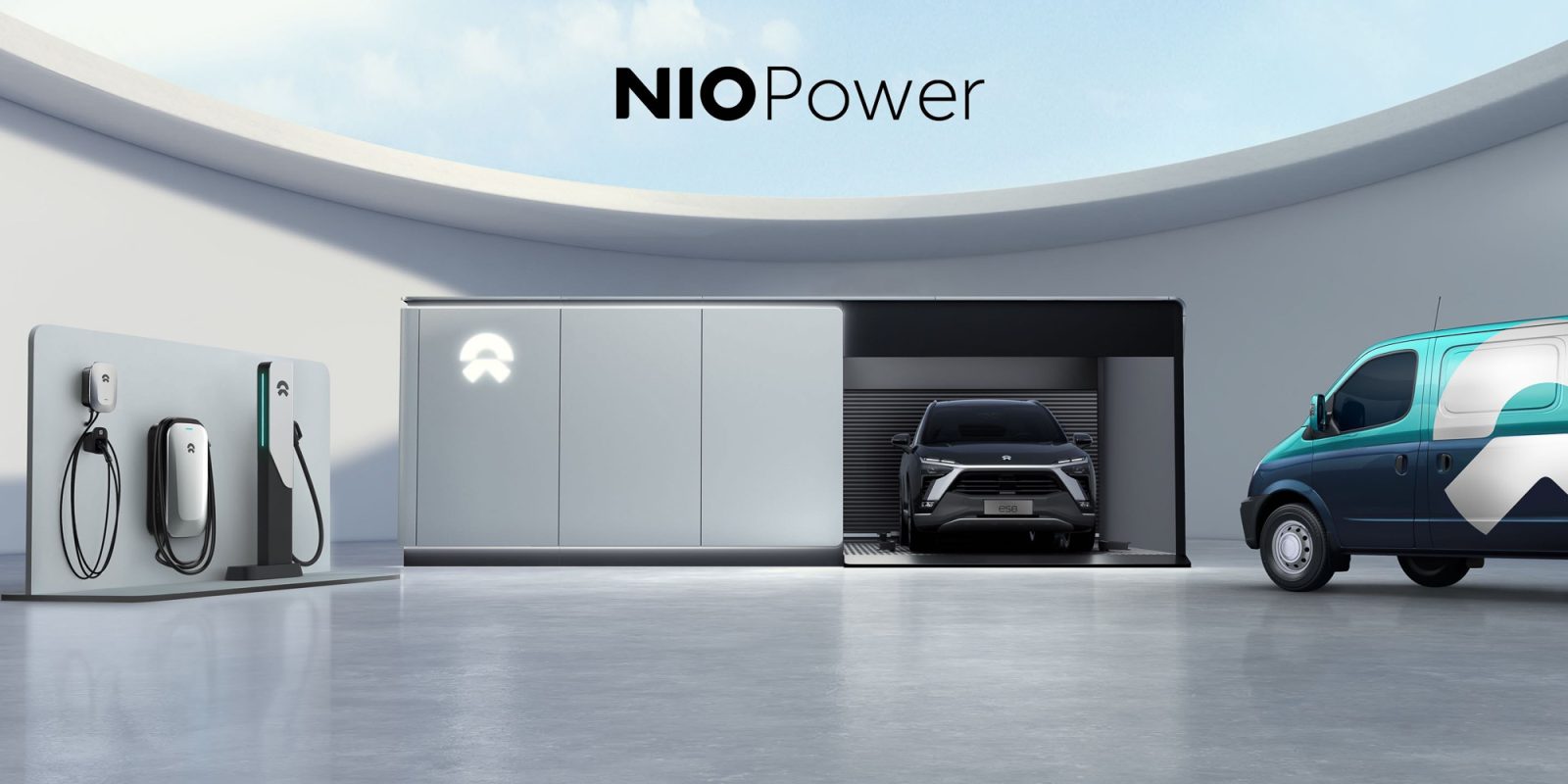
In China. I didn’t want to bury the lede too far. Today, NIO and Changan Automobile announced the two companies had agreed to develop a joint standard for swappable EV batteries. NIO is the largest operator of swappable passenger EV batteries in the world, with over 2,000 battery swap stations in its home market of China, along with a small network in Europe. But today’s news is an important milestone for battery swapping regardless.
The companies have provided no timeline on when this cooperation will begin bearing fruits, but the two plan to work on swappable battery designs and the development of a network of shared battery swap stations. Changan currently doesn’t have any swappable battery EVs, but it’s China’s third or fourth-largest automaker (depending on the quarter), selling well over a million vehicles annually. NIO, meanwhile, is the world’s most mature operator in the battery swapping space, and says it has completed over 30 million battery swaps for its EV customers to date. Of course, it’s not clear how far the cooperation will extend — i.e., if Changan plans to adapt NIO’s battery designs for its own EVs, or merely if Changan’s future batteries will be designed to be compatible with NIO’s swap infrastructure.
Today’s cooperation news between Changan and Nio isn’t really about the technical details, but about carmakers doing something we quite rarely see: Agreeing to build interchangeable (or at least interserviceable — a word I’ve just invented) parts and service infrastructure. In an industry where in-house engineering is as much a marketing asset as it is a technological one, it’s unusual when competitors come together to standardize major components for the benefit of customers. (In fact, ICE manufacturers have long gone out of their way to obscure that their vehicles may share common technical underpinnings — a practice that reached its zenith in the “badge engineering” era of the 1980s.)
Battery swapping has real advantages for drivers, with NIO’s NIO Power stations completing the process in just 3 minutes. The company is even testing using its battery swap facilities to send power back to the grid — something that could seriously up the value potential of this kind of infrastructure at a societal level.
Read the press release from the two companies here.
Electrek’s take
Imagine a world where every brand of ICE car had to use a filling station owned by the vehicle OEM, even though every one of them still supplied the same basic formulation of gasoline. This is the nightmare that battery swapping poses. Granted, it’s for far more technically defensible reasons; namely, designing interoperable swappable batteries across car manufacturers is not a small challenge. But scaling battery swapping in a way that would make it sustainable almost certainly demands some form of interoperability.
The fact this is happening in China, of all places, is far less surprising. While China may be home to some of the world’s most aggressively expansionist and competitive EV brands, the country’s domestic market still operates in a highly regulated, quasi-centrally-planned economy. It’s also a highly price-sensitive market, and anything that could better distribute the costs of electrification is likely to be considered.
Changan is the country’s oldest carmaker and is wholly owned by the Chinese state. Having its cooperation here could theoretically initiate a domino effect in which other Chinese OEMs begin to unify around a common battery-swapping framework — especially if there begins to be a consensus the government could mandate such a thing in the future (and that seems far from inconceivable). And if China’s automakers were to broadly unify around such a standard, it could provide its entire EV industry a substantial competitive advantage globally.
Still, there’s no guarantee a cooperation announcement ends in two brands of EV using the same battery swap station — things can and do fall apart. But the concept here is an appealing one, and China is far and away leading the charge (no pun intended) on swappable battery EVs.
FTC: We use income earning auto affiliate links. More.

Comments